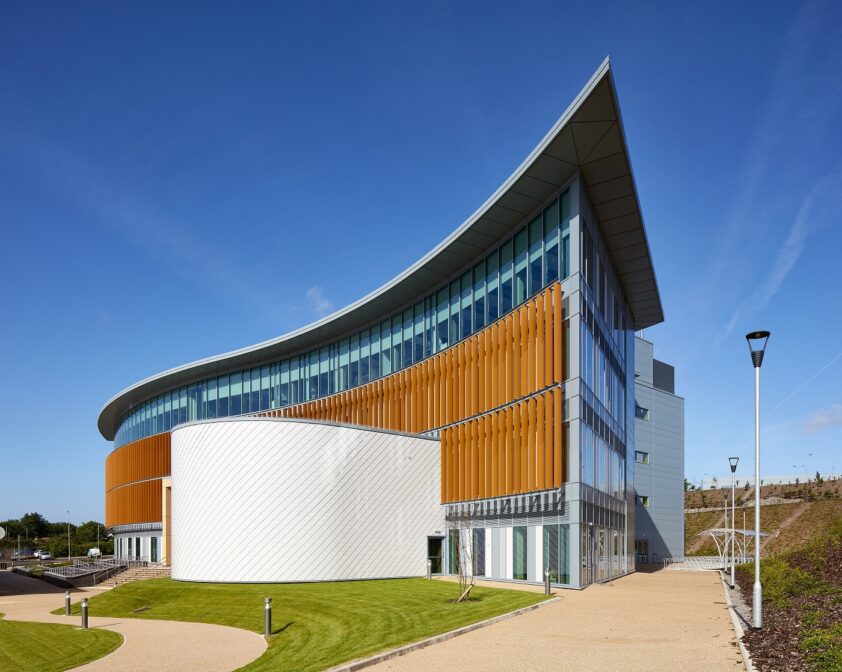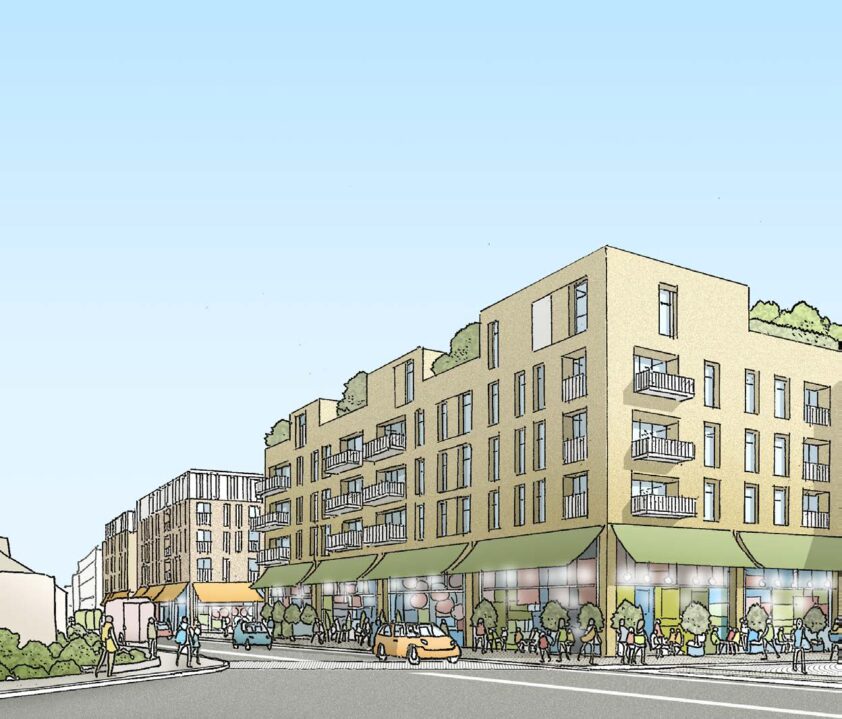Cemetery Expansion, Edmonton, London

Sector
Community
Value
£1.5 million
Status
Complete
Background
To meet an increase in demand for burial space in Edmonton Cemetery, Enfield Council agreed to expand the burial ground to provide more than 2,000 additional plots to meet capacity for the next 20 years.
Perfect Circle was appointed via Scape Group’s National Built Environment Consultancy Services (BECS) framework after completing an initial feasibility study. After 12 months of additional monitoring and reports on top of the original programme, Perfect Circle successfully tendered the scheme and appointed a contractor.
Requirements
Perfect Circle’s role in the project included reviewing the proposals to identify layout changes that could provide the optimum provision of burial space – balanced with sufficient circulation for vehicles and pedestrians, and appropriate barriers to protect the privacy and peacefulness of the site for mourners.
To maximise burial space, the cemetery needed to expand into an area occupied by tennis courts. These were to be replaced by new floodlit courts nearby, for which separate surveys and permissions were required.
Challenges
The location of the cemetery – west of the busy A10 – demanded the use of traffic calming measures and the creation of temporary access during construction. Power cables running beneath the site also needed to be diverted or protected to enable access into the construction site.
The original programme was significantly delayed due to drainage requirements voiced by the Environment Agency to manage flooding and prove ammonia from burials would not contaminate north London’s drinking water in the future, owing to the height of the water table within the site.
The drainage requirements voiced by the Environment Agency put the intended number of burial plots to be created at risk.
Additionally, site investigations revealed the presence of coal tar, which needed to be removed safely.
Outcomes
Perfect Circle worked with the contractor to develop a logistics plan for accessing the site to deliver the works, including the development of a vehicle crossover by way of a dropped kerb. By liaising with Transport for London in relation to the underground cables affecting this strategy, Perfect Circle agreed with the local government body the lowest cost and most convenient option would be the use of steel plating protection. This avoided having to divert cables or create alternative site access.
To address the drainage requirements voiced by the Environment Agency, Perfect Circle, along with a supply chain landscape architect, revised the designs to limit the loss of burial plots to just four. The various approaches included developing on the site of the former tennis courts, revision of circulation routes through the cemetery, and the use of planting – rather than fencing – to create the barrier surrounding the expanded area.
Perfect Circle’s civil engineers also developed a surface water drainage strategy, which used a land drain wrapped in an impermeable material to prevent water from the road running into areas reserved for burial plots or the surrounding ground. Soakaways were designed with ease of future maintenance, making use of catch pits and perforated pipes to enable slit removal and CCTV surveys to be carried out from the surface. A commitment to ongoing ground monitoring post-completion was also needed to demonstrate that ammonia levels from burials would not contaminate drinking water.
To manage the risks around the removal of coal tar and the potential costs its disposal could incur, Perfect Circle accessed its extensive supply chain and brought in a company with specialist experience of the material. This allowed it to be excavated, treated and re-used within the sub-base when building up the new link road into the cemetery – saving costs by reducing the amount to be disposed off-site.
65% of the total fee spend has been with suppliers based within 20 miles of the site, with six suppliers being SMEs with less than 50 employees – demonstrating the commitment of the project to boosting the local economy.
Our performance
65%
of fees spent within 20 miles
6
suppliers being SMEs

